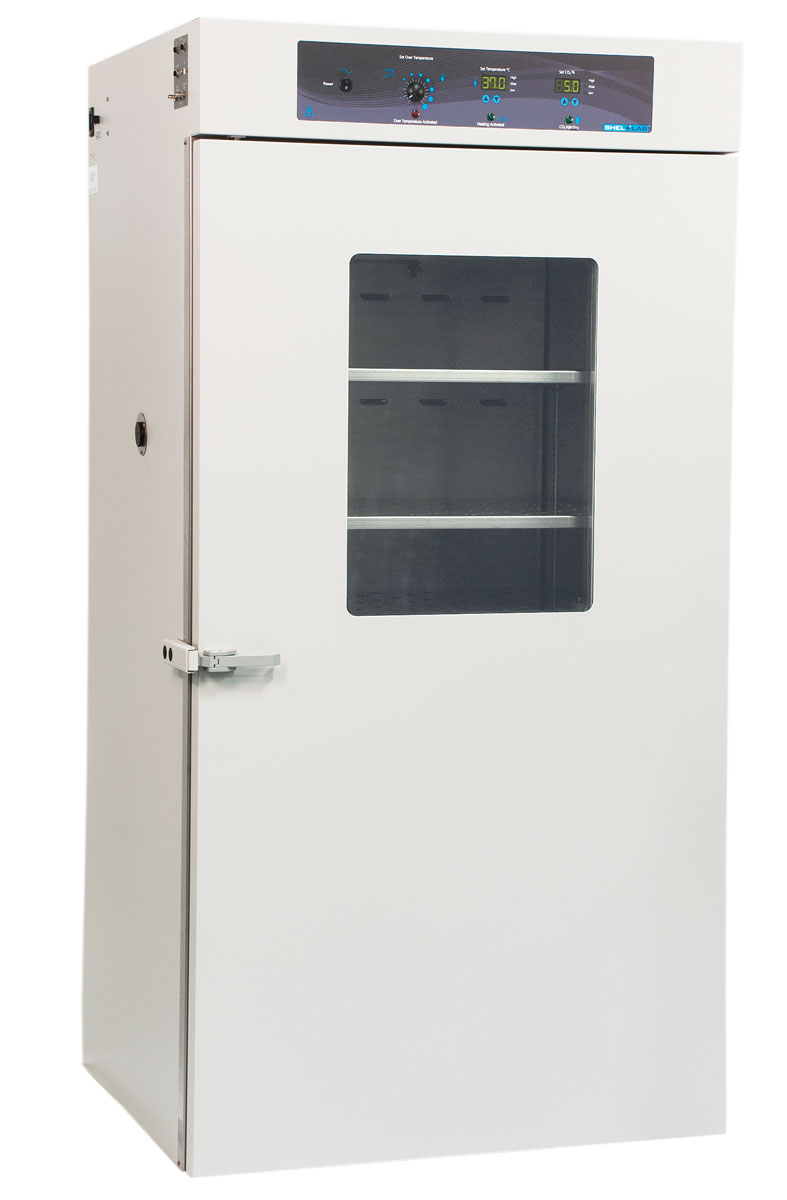The laboratory is a space that must be tightly controlled for many reasons, but an important one is biosafety. The lab can be very dangerous when handling the biological matter, such as infectious agents or hazardous chemicals. Therefore, proper lab procedures are required to prevent contamination and ensure safety. Of course, the easiest way to do this is to eliminate contact with the substances – but sometimes, this isn’t possible due to research circumstances.
Your best bet in these cases is a biosafety cabinet (BSC). These cabinets are airtight environments with HEPA filters and laminar flow so that any leakages or aerosols released into the environment will not affect personnel in the lab environment. BSCs are essential for any lab handling these substances and are required by law in most cases.
Biosafety Cabinet and Its Structure
A biosafety cabinet is a laboratory enclosure that limits airborne substances to the cabinet’s interior. These enclosures allow a person working with potentially hazardous microbiology to do so while being protected from contamination by this very same environment.
They are integral to any work with biohazards, as they protect personnel from potential exposure while performing research or operations. The BSC is usually a box made to be hermetically sealed with positive pressure. It is, then, a biosafety cabinet that must be properly constructed to maintain safe conditions while working with hazardous materials.
The exterior of the cabinet should be just as airtight as the interior. In addition, the interior should be fitted with a HEPA filter and a laminar flow system to prevent any airborne bacteria or particles from escaping into the environment.
How does it work?
A Biosafety Cabinet works by maintaining an airtight chamber between the outside of the room and the inside of the BSC. This airtight seal allows the unit to maintain negative air pressure. Any air that is released from the inside (such as aerosols) will be captured and contained within the overall sleeve of the BSC.
The containment sleeve is a structural part of the biosafety cabinet, and its function is important to understand when dealing with biohazard safety. The containment sleeve may seem like an add-on feature to some, but it is just as integral to the functioning of the unit as the HEPA filter or laminar flow system. The sleeve, usually composed of metal bars, creates a physical barrier that prevents contamination from escaping from inside to outside.
Three Classes of Biosafety Cabinets
There are only three classes of biosafety cabinets, each with its unique function. Therefore, the type of unit that you have to work with will depend upon individual research requirements and the types of materials being handled.
- Class 1 Biosafety Cabinet
The Class 1 “closed containment” cabinet is the simplest type of BSC and is often found in most labs. This unit is completely sealed and contains all air within the structure. All air entering the BSC must go through a HEPA filter before leaving it, creating an airtight seal around the unit’s exterior surface. Typical materials handled in this configuration are cell suspensions (e.g., bacteriology) and powdered samples (e.g., cytology).
- Class 2 Biosafety Cabinet
The Class 2 BSC is similar to Class 1 but has an exhaust vent in the back of the unit. This is important to differentiate because, in this case, there are two separate air systems – one for the inside and one for the room. The outside air is filtered and then drawn into the BSC, creating a negative pressure for containment. There is a vent in the back of the cabinet where air can leave after its trip has filtered through the HEPA filter.
- Class 3 Biosafety Cabinet
Class 3 is a completely different model than the previous two and does not require regular doors. Instead, the outer shell is made to open away from the researcher, allowing easy access to the workspace without disrobing in front of potentially hazardous materials.
This unit requires filtered air but has a laminar flow system that creates positive pressure inside the containment sleeve. This system helps ensure that any aerosols released inside the cabinet are contained within its walls and do not escape into other areas of the laboratory facility.
Conclusion
In conclusion, a biosafety cabinet is a necessary piece of equipment whenever there is work done with biohazardous organisms or hazardous chemicals. These cabinets can be customized to your specific needs, but they prevent exposure to potentially harmful material while working. In addition, the cabinets allow you to easily change gloves without stepping outside the containment area. If you want to learn about Biosafety Cabinets, click here.
